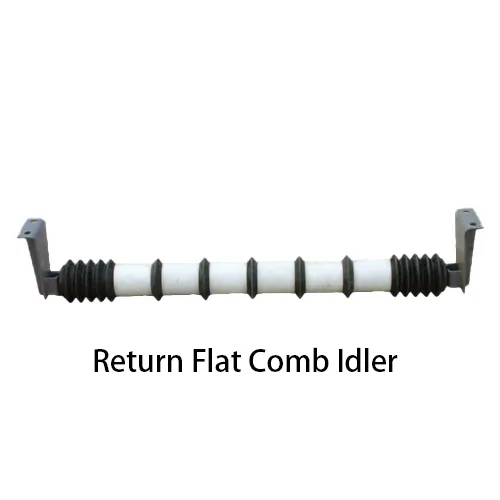 Afrikaans
Afrikaans  Albanian
Albanian  Amharic
Amharic  Arabic
Arabic  Armenian
Armenian  Azerbaijani
Azerbaijani  Basque
Basque  Belarusian
Belarusian  Bengali
Bengali  Bosnian
Bosnian  Bulgarian
Bulgarian  Catalan
Catalan  Cebuano
Cebuano  Corsican
Corsican  Croatian
Croatian  Czech
Czech  Danish
Danish  Dutch
Dutch  English
English  Esperanto
Esperanto  Estonian
Estonian  Finnish
Finnish  French
French  Frisian
Frisian  Galician
Galician  Georgian
Georgian  German
German  Greek
Greek  Gujarati
Gujarati  Haitian Creole
Haitian Creole  hausa
hausa  hawaiian
hawaiian  Hebrew
Hebrew  Hindi
Hindi  Miao
Miao  Hungarian
Hungarian  Icelandic
Icelandic  igbo
igbo  Indonesian
Indonesian  irish
irish  Italian
Italian  Japanese
Japanese  Javanese
Javanese  Kannada
Kannada  kazakh
kazakh  Khmer
Khmer  Rwandese
Rwandese  Korean
Korean  Kurdish
Kurdish  Kyrgyz
Kyrgyz  Lao
Lao  Latin
Latin  Latvian
Latvian  Lithuanian
Lithuanian  Luxembourgish
Luxembourgish  Macedonian
Macedonian  Malgashi
Malgashi  Malay
Malay  Malayalam
Malayalam  Maltese
Maltese  Maori
Maori  Marathi
Marathi  Mongolian
Mongolian  Myanmar
Myanmar  Nepali
Nepali  Norwegian
Norwegian  Norwegian
Norwegian  Occitan
Occitan  Pashto
Pashto  Persian
Persian  Polish
Polish  Portuguese
Portuguese  Punjabi
Punjabi  Romanian
Romanian  Russian
Russian  Samoan
Samoan  Scottish Gaelic
Scottish Gaelic  Serbian
Serbian  Sesotho
Sesotho  Shona
Shona  Sindhi
Sindhi  Sinhala
Sinhala  Slovak
Slovak  Slovenian
Slovenian  Somali
Somali  Spanish
Spanish  Sundanese
Sundanese  Swahili
Swahili  Swedish
Swedish  Tagalog
Tagalog  Tajik
Tajik  Tamil
Tamil  Tatar
Tatar  Telugu
Telugu  Thai
Thai  Turkish
Turkish  Turkmen
Turkmen  Ukrainian
Ukrainian  Urdu
Urdu  Uighur
Uighur  Uzbek
Uzbek  Vietnamese
Vietnamese  Welsh
Welsh  Bantu
Bantu  Yiddish
Yiddish  Yoruba
Yoruba  Zulu
Zulu snub roller
The Snub Roller An Essential Component in Conveyor Systems
In the vast landscape of industrial machinery, the snub roller plays a crucial and often overlooked role in conveyor systems. These specialized rollers are typically used to enhance the efficiency and functionality of belt conveyors, which are a staple in various sectors, ranging from manufacturing to mining. Understanding the design, function, and benefits of snub rollers can shed light on their significance in material handling operations.
A snub roller is designed to redirect the path of a conveyor belt, ensuring it maintains proper tension and alignment. By adjusting the angle and direction of the belt, these rollers can improve the overall performance of the conveyor system. They are usually placed at strategic points along the conveyor line, particularly at the point where the belt wraps around a drive roller. This positioning is vital because it allows the snub roller to exert tension on the belt, thus preventing slippage and improving traction.
One of the key advantages of incorporating snub rollers into a conveyor system is the reduction of wear and tear on both the belt and the rollers. When a belt has the correct tension, it operates more smoothly, resulting in less friction and wear. This not only prolongs the life of the belt but also reduces maintenance costs. Additionally, a well-tensioned belt helps prevent misalignment, which can cause jams and operational delays. Therefore, using snub rollers effectively contributes to the longevity and reliability of the entire conveyor system.
snub roller

Moreover, snub rollers play a vital role in enhancing safety in industrial settings. A conveyor belt that is too loose may shift or derail, posing hazards to operators and equipment alike. By ensuring that the belt remains taut and properly aligned, snub rollers help mitigate these risks. Additionally, they can assist in the efficient transfer of materials, reducing bottlenecks and improving workflow within a facility.
Innovation in snub roller design has continued to evolve alongside advancements in technology. Modern snub rollers are often made from high-quality materials that resist wear and corrosion, ensuring optimal performance under various conditions. Furthermore, many are designed to be easily adjustable, allowing operators to fine-tune tension based on specific operational needs. This adaptability is particularly important in industries where materials, belt speeds, and loads may vary significantly.
In conclusion, snub rollers are an indispensable part of conveyor systems, contributing to better performance, safety, and efficiency. While they may not be the most glamorous component of industrial machinery, their impact is profound and far-reaching. As industries continue to evolve, the importance of snub rollers will only grow, highlighting the need for ongoing innovation and development within this essential area of material handling technology. Understanding and properly implementing snub rollers can lead to significant improvements in productivity and safety in a myriad of applications.
-
Revolutionizing Conveyor Reliability with Advanced Rubber Lagging PulleysNewsJul.22,2025
-
Powering Precision and Durability with Expert Manufacturers of Conveyor ComponentsNewsJul.22,2025
-
Optimizing Conveyor Systems with Advanced Conveyor AccessoriesNewsJul.22,2025
-
Maximize Conveyor Efficiency with Quality Conveyor Idler PulleysNewsJul.22,2025
-
Future-Proof Your Conveyor System with High-Performance Polyurethane RollerNewsJul.22,2025
-
Driving Efficiency Forward with Quality Idlers and RollersNewsJul.22,2025





























